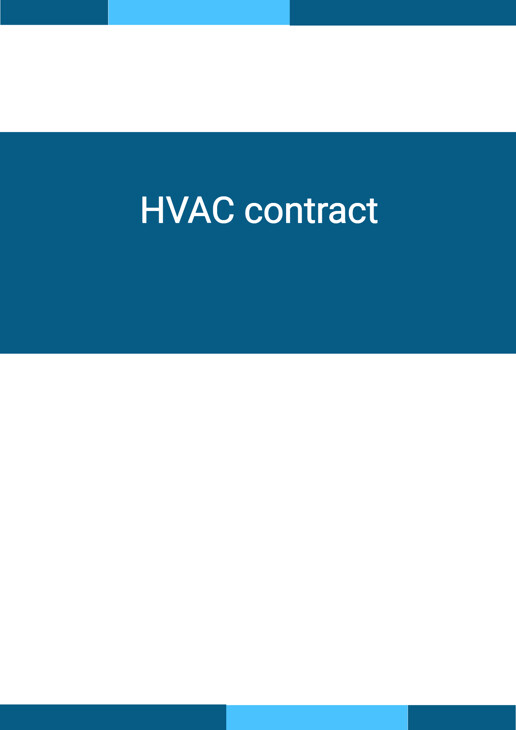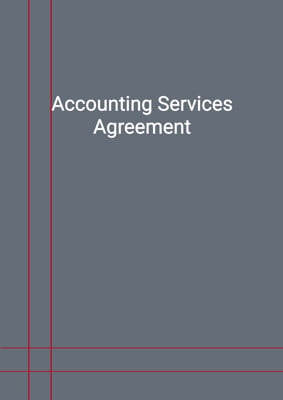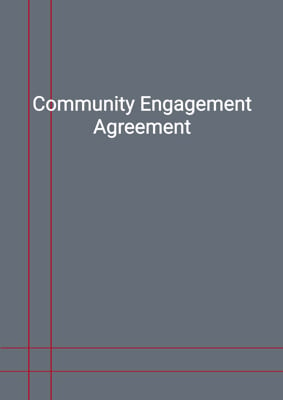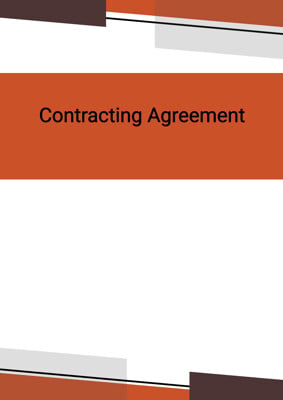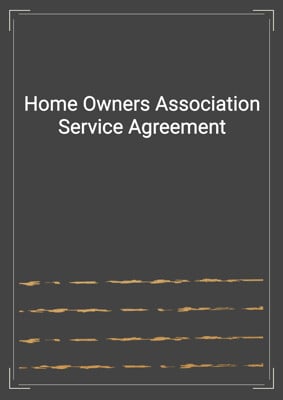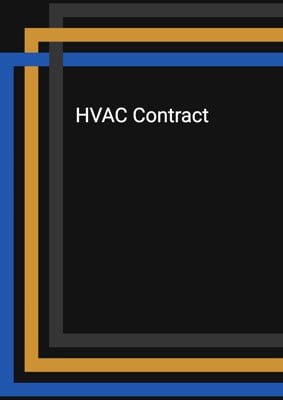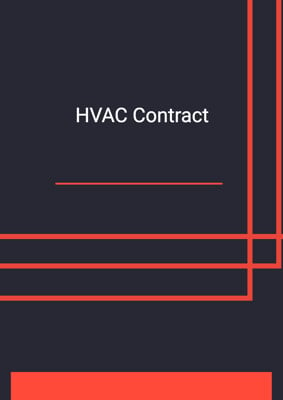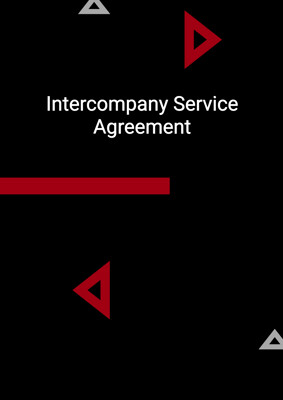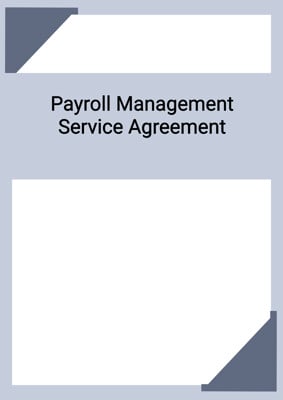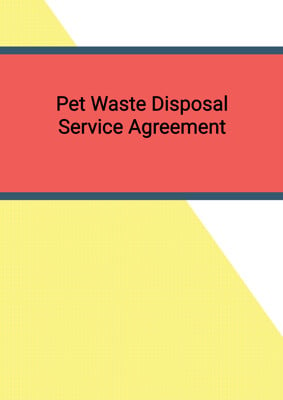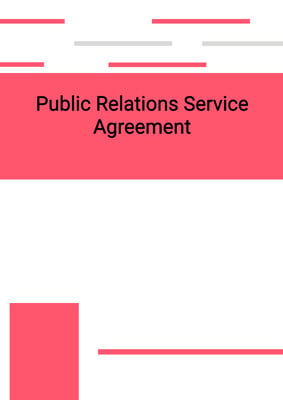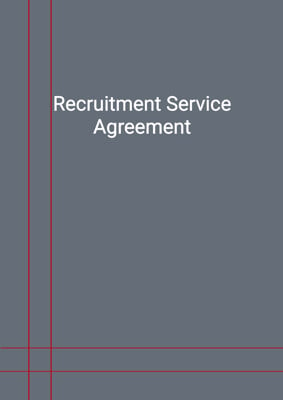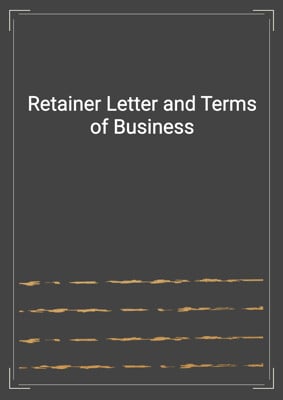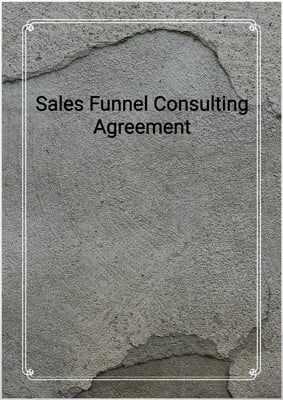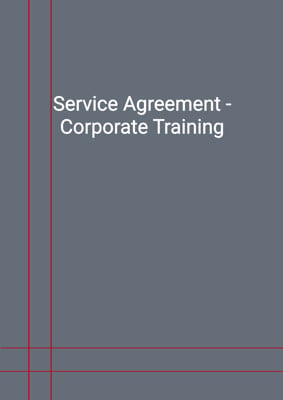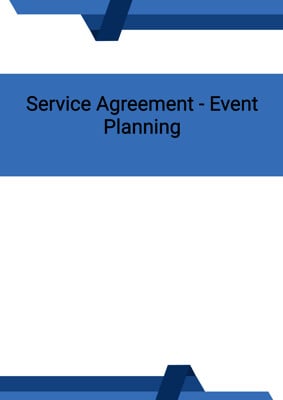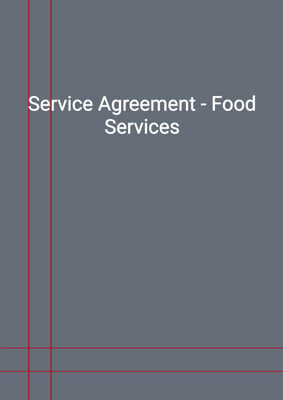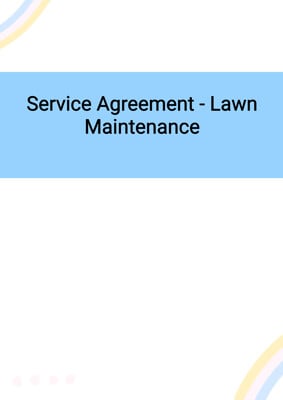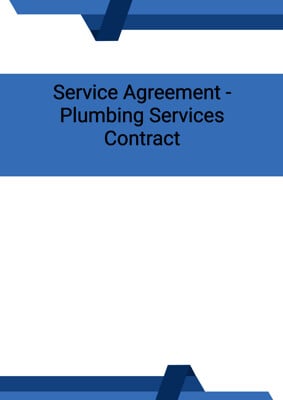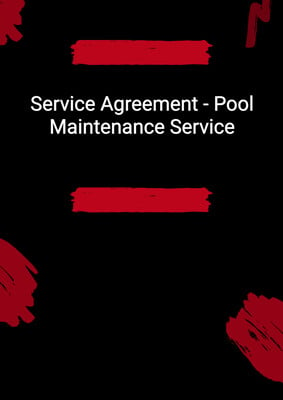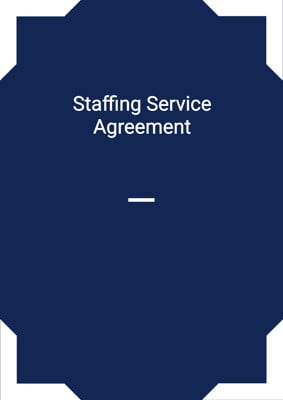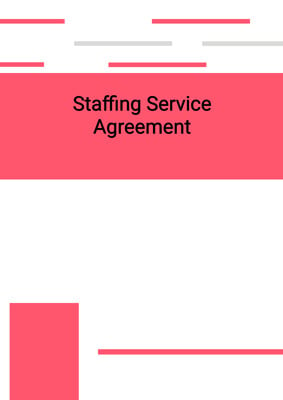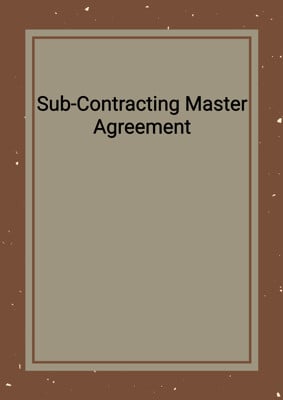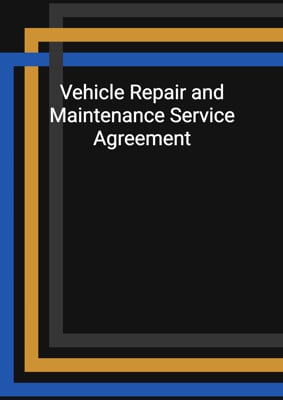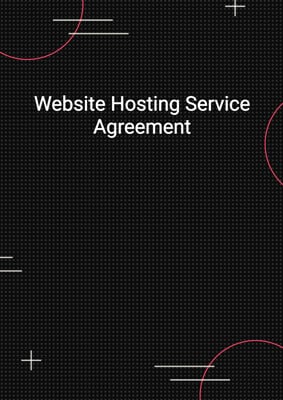How to Tailor the Document for Your Need?
01
Create Document
Fill in the details of the parties. You can click the "Fill with Member’s Information" button to complete it with information saved to your account.
02
Fill Information
Please fill in any additional information by following the step-by-step guide on the left hand side of the preview document and click the "Next" button.
03
Get Document
When you are done, click the "Get Document" button and you can download the document in Word or PDF format.
04
Review Document
Please get all parties to review the document carefully and make any final modifications to ensure that the details are correct before signing the document.
Document Preview
Document Description
The HVAC contract is a legal agreement between the HVAC provider and the customer for the maintenance and repair services of the customer's HVAC systems. The document begins with an interpretation section, defining key terms such as agreement, work, completion date, and agreement price. It is important to understand these definitions to ensure clarity throughout the document.
The HVAC provider's obligations are outlined in section 2. They are required to carry out the work with due diligence and in a good and workmanlike manner, using high-quality materials and workmanship. They must also comply with any instructions or variations issued by the customer. If any instructions are given orally, they must be confirmed in writing by the customer within 2 days. If these instructions or variations result in a delay to the completion date, the HVAC provider may claim for an extension of time.
Section 3 focuses on the completion of the work. The HVAC provider is responsible for completing the work by the agreed completion date. If it becomes apparent that the work will not be completed on time for a valid reason, the customer may grant an extension of time.
The document also includes a limitation of liability clause in section 4. The HVAC provider is required to promptly rectify any defects or faults due to materials or workmanship not meeting the correct standard within the warranty period. The HVAC provider's liability is limited, and they are not liable for any indirect or consequential losses. The total liability of the HVAC provider is capped at the total agreed price for the work.
Section 5 addresses the assignment of the agreement and the HVAC provider's ability to subcontract the performance of the work. The HVAC provider may assign the agreement or sub-contract the work without the customer's prior written consent. However, if the HVAC provider cannot fulfill its obligations due to reasons beyond its control, they may locate a replacement company at no additional cost to the customer or refund the customer's money in full.
Site regulations and payment terms are covered in sections 6 and 7, respectively. The HVAC provider must comply with any health and safety or other applicable site regulations notified by the customer. The customer is required to pay the agreement price within a specified number of days after the completion of the work.
Ownership of materials, injury and damage, insurance, termination, and dispute resolution are addressed in sections 8 to 12. The customer becomes the owner of materials and goods delivered to the site, excluding plant, tools, and equipment owned or hired by the HVAC provider. The HVAC provider must maintain appropriate insurance coverage for liability arising from the work. Either party may terminate the agreement in certain circumstances, and disputes should be resolved amicably.
The document concludes with a section on notices and service. It specifies how notices should be served and provides the addresses and contact information for both parties.
Overall, the HVAC contract is a comprehensive agreement that outlines the rights, obligations, and responsibilities of both the HVAC provider and the customer. It ensures clarity and protects the interests of both parties throughout the duration of the work.
How to use this document?
1. Provide information: Enter the HVAC provider's and customer's information in the agreement, including their principal place of business. This ensures that both parties are clearly identified.
2. Specify the price and completion date: Clearly specify the agreed price and completion date of the work to be carried out by the HVAC provider. This will ensure that both parties are aware of the expectations and deadlines.
3. Describe the services: Clearly describe the type(s) of services to be provided by the HVAC provider. This ensures that both parties are aware of the scope of work and can avoid any misunderstandings.
4. Agree on the length of warranty and time of payment: Both parties should agree on the length of the warranty and time of payment after the completion of the work. This ensures that both parties are aware of the payment terms and the length of the warranty.
5. Specify damages: If the work is not completed by the completion date, specify the amount of damages per week that the customer is entitled to. This ensures that both parties are aware of the consequences of non-completion.
6. Comply with site regulations: The HVAC provider must comply with any health and safety or other applicable site regulations notified by the customer prior to the commencement of the work.
7. Make timely payments: The customer should pay the agreed price to the HVAC provider within the specified number of days after the completion of the work.
8. Maintain necessary insurance: The HVAC provider should maintain appropriate insurance coverage to cover their liability for any injury or damage arising from the work.
9. Termination: Either party may terminate the agreement if certain circumstances occur, such as bankruptcy or winding up. In the event of termination, the HVAC provider must give up possession of the work site and deliver any relevant documents or plans.
10. Seek legal advice if needed: If there are any uncertainties or concerns regarding the agreement, it is advisable to seek legal advice to ensure that both parties' interests are protected.
Note: This guidance provides a general overview of the steps to use the HVAC contract. It is important to review the specific terms and conditions of the agreement and adapt the guidance accordingly to suit the specific circumstances and requirements of the parties involved.
Not the right document?
Don’t worry, we have thousands of documents for you to choose from:
